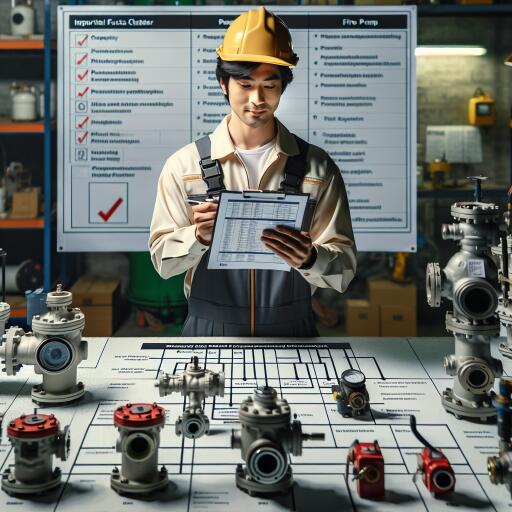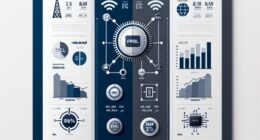Key Factors to Consider When Selecting Fire Pumps for Safety Systems
In the crucial field of fire safety, the selection of a fire pump is a pivotal decision impacting the effectiveness of fire extinguishing systems. These systems are essential in a myriad of settings, spanning industrial complexes to commercial properties. However, not all fire pumps are created equal, nor can they guarantee the same level of fire safety.
When it comes to protecting premises from fire hazards, the choice of a fire pump extends beyond mere preference. It requires a comprehensive evaluation of several critical factors to ensure the chosen pump meets the specific needs of the environment it is intended to protect. Here’s a look at what you should consider:
1. Hydraulic Performance
First and foremost, the hydraulic performance of a fire pump, including its flow rate and pressure, is usually the primary focus. This performance impacts how effectively the pump can deliver water to extinguish a fire. However, it’s essential to note that hydraulic performance is but one piece of the puzzle.
2. Compliance with Standards
Ensuring that the pump adheres to recognized standards such as NFPA 20 and certifications by reputable third-party organizations (e.g., UL/FM) is crucial. These standards guarantee that the pump meets specific safety and operational benchmarks, essential for reliable fire protection.
3. Beyond the Hydraulics
Apart from hydraulic capacity, other factors play a significant role in the suitability and effectiveness of a fire pump. These include the pump’s casing pressure resistance, NPSH values, environmental compatibility (taking into account factors like altitude, temperature, and placement within the facility), and the water speed in the suction line. Equally important is the selection of an appropriate engine to drive the pump, ensuring optimal performance.
4. Technological Advancements
The integration of IoT (Internet of Things) and other technological advancements into fire safety systems is transforming the field. Modern fire pumps equipped with IoT-enabled control devices can detect hazards instantaneously and respond more swiftly, enhancing the timeliness and efficacy of fire responses.
This technological shift not only promises better fire protection but also indicates a growing demand for sophisticated, reliable fire pumps capable of integrating with more intelligent building management systems.
5. Global and Local Safety Standards
With fire incidents on the rise across various sectors, there’s a heightened global and local focus on enhancing fire protection measures. Regulatory bodies are tightening fire safety requirements, pushing for the installation of advanced fire suppression systems, and encouraging the adoption of fire pumps that meet stringent safety standards.
Moreover, the industry is witnessing an increase in demand for cost-effective yet high-quality fire pumps, driving innovation and the adoption of lean manufacturing practices among producers.
Conclusion
Choosing the right fire pump is more than just picking a piece of equipment; it’s about ensuring a robust defense against fire hazards. By considering the factors outlined above, stakeholders can make informed decisions that enhance the safety and security of their properties. As technology and standards evolve, so too must the approach to selecting fire pumps, ensuring that they not only meet current needs but are also future-ready.
In the journey towards more secure and resilient fire safety systems, understanding these facets and adhering to the highest standards is paramount. It’s not just about fighting fires—it’s about preventing them and protecting lives and assets in the most effective way possible.










